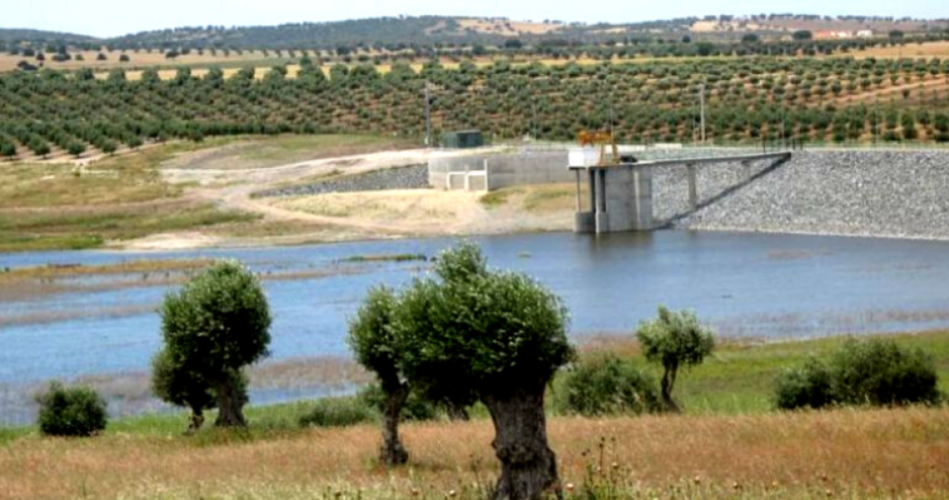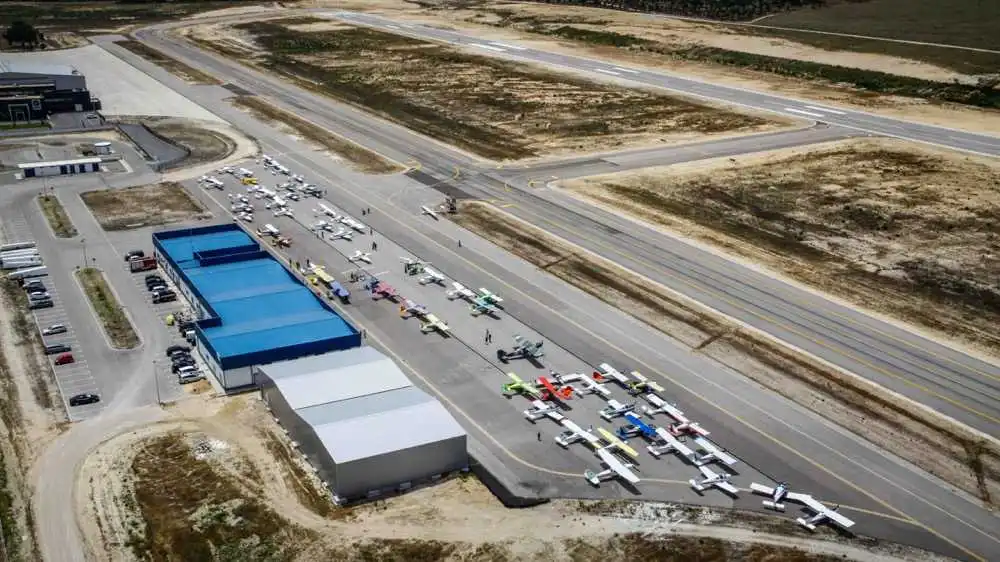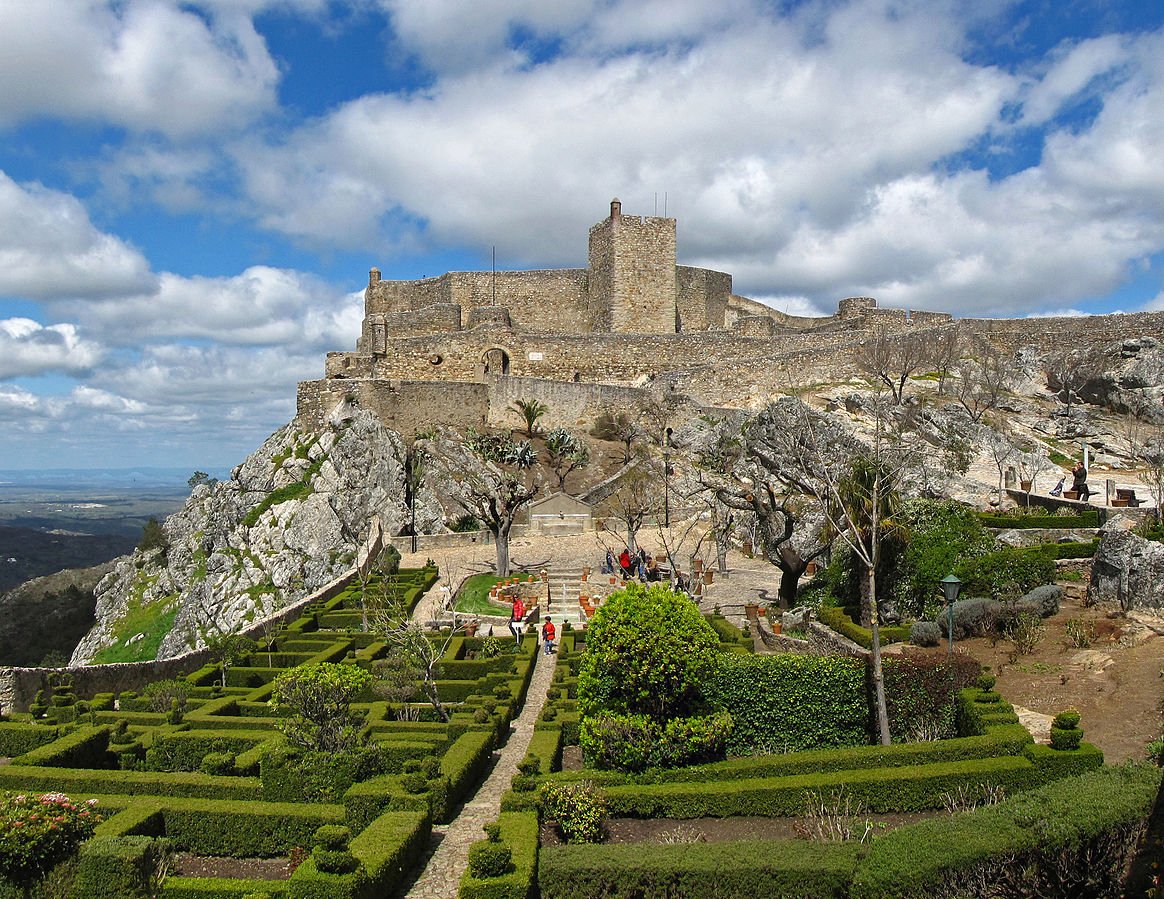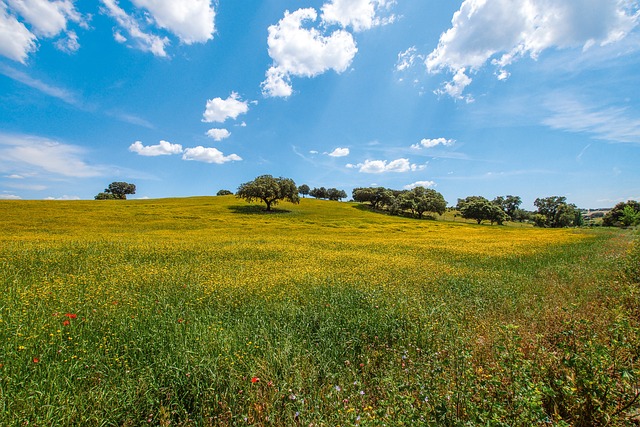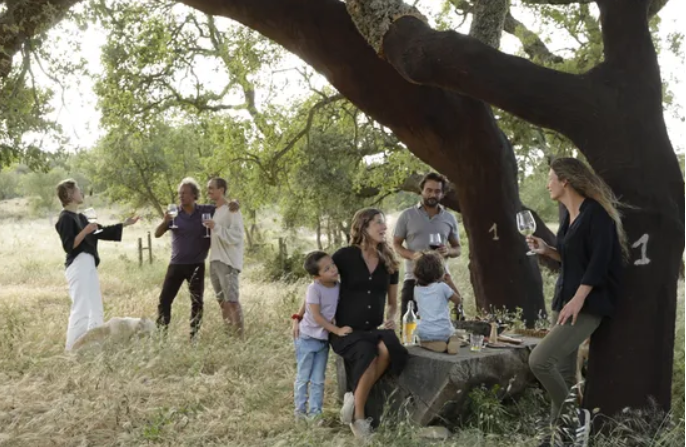Why Alto Alentejo
The Alentejo, Portugal’s largest province, has a distinctive character and beauty unlike anywhere else in the country. The vast plains of the Baixo (Lower) Alentejo in the south are sparsely freckled with cork oaks and olive trees, providing the only shade for flocks of sheep and herds of black pigs. But to the north, in the Alto (Upper) Alentejo, along the border with Spain, the countryside is much more appealing.
Campo Maior and other towns in this region sit contentedly in a landscape of rolling hills adorned with cork and holly oak forests, olive groves and grapevines. In the northeast, close to the regional capital of Portalegre, the terrain rises to 1,000m in the beautiful Parque Natural da Serra de São Mamede, Portugal’s highest land south of the River Tejo.
The cooler and more humid climate in the mountains encourages the growth of a rich and varied vegetation, where oak, maritime pine and sweet chestnut predominate. The associated diverse wildlife includes rare birds such as the griffon vulture, kite, eagle owl and Bonelli eagle.

